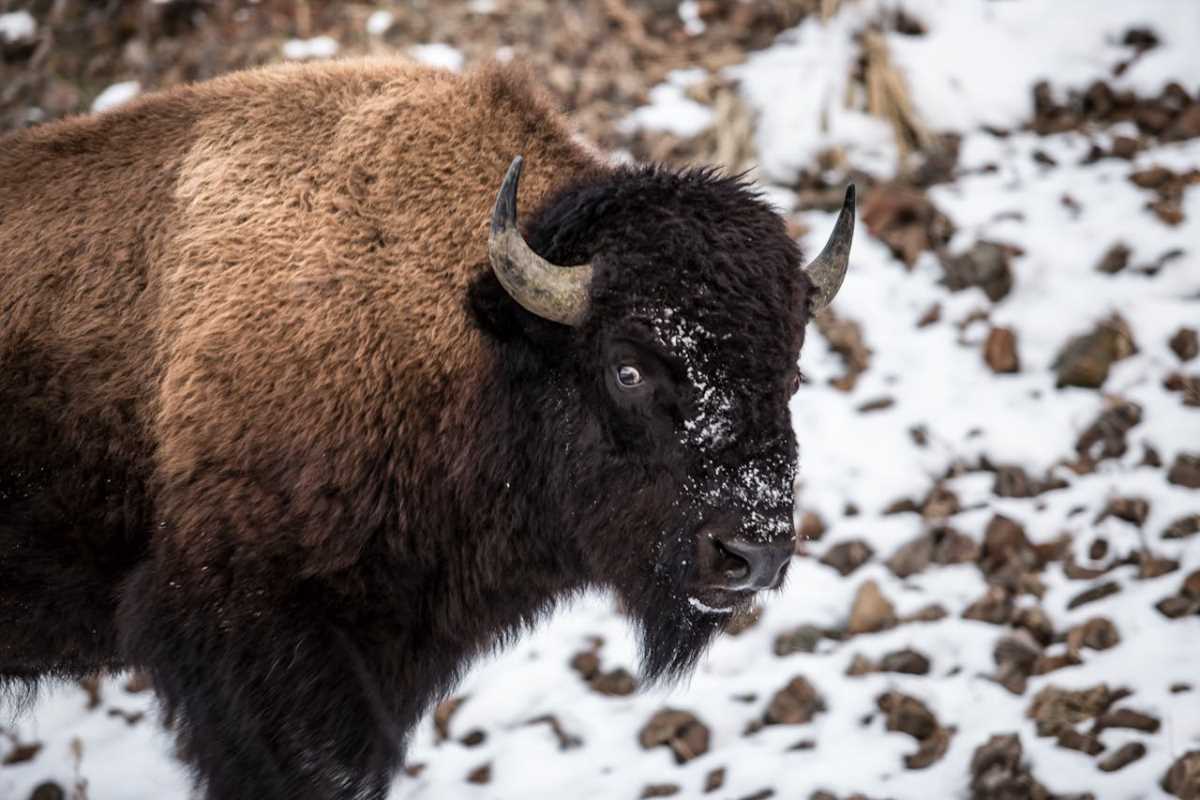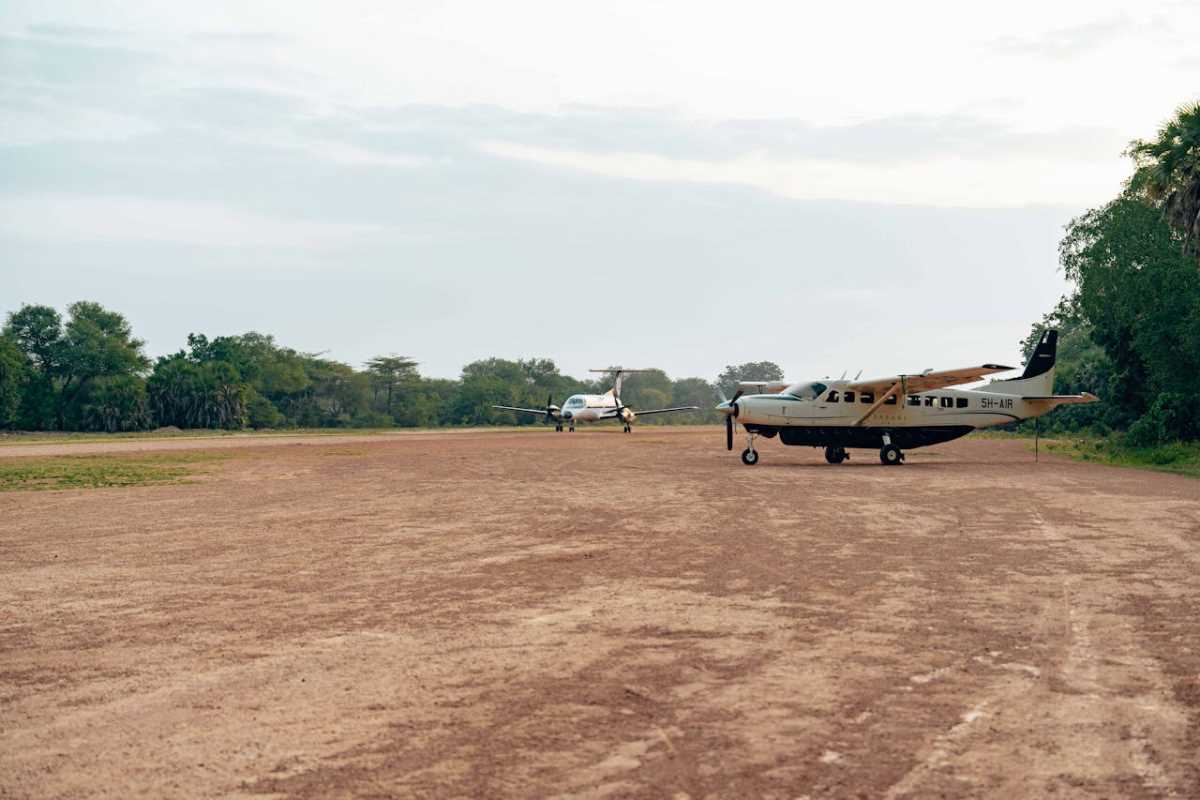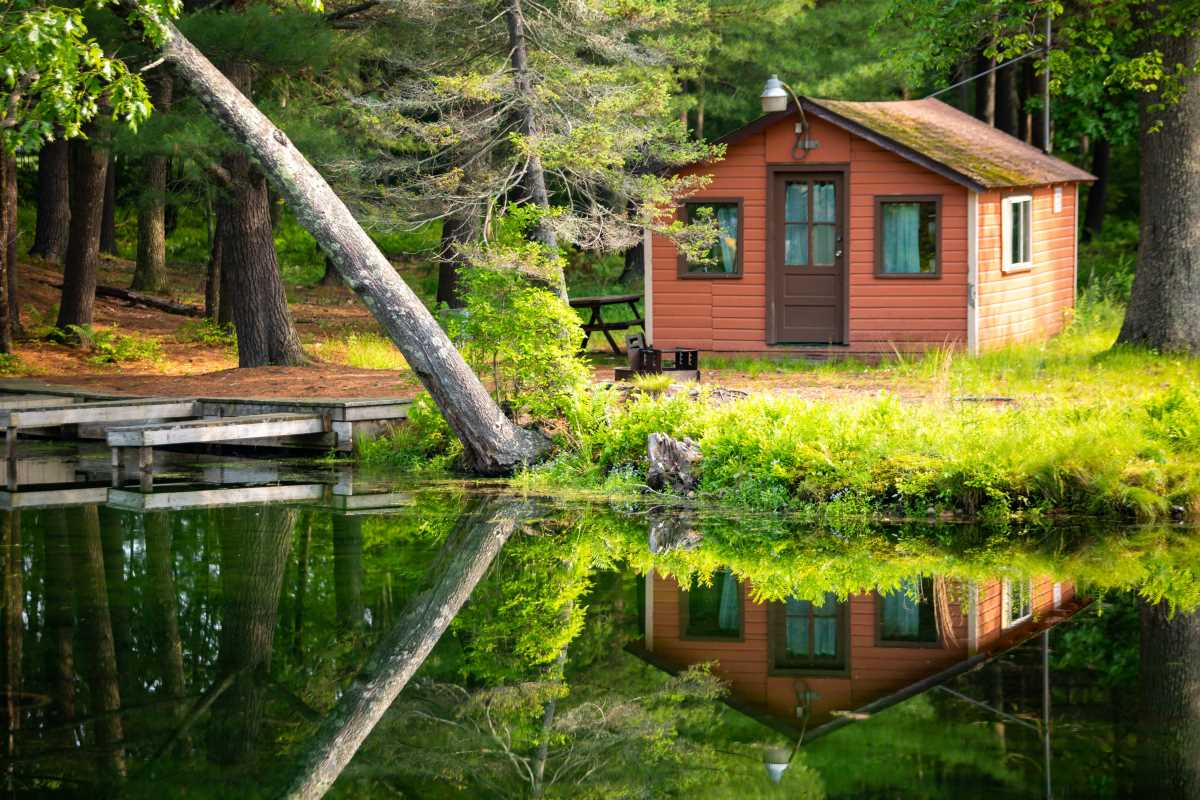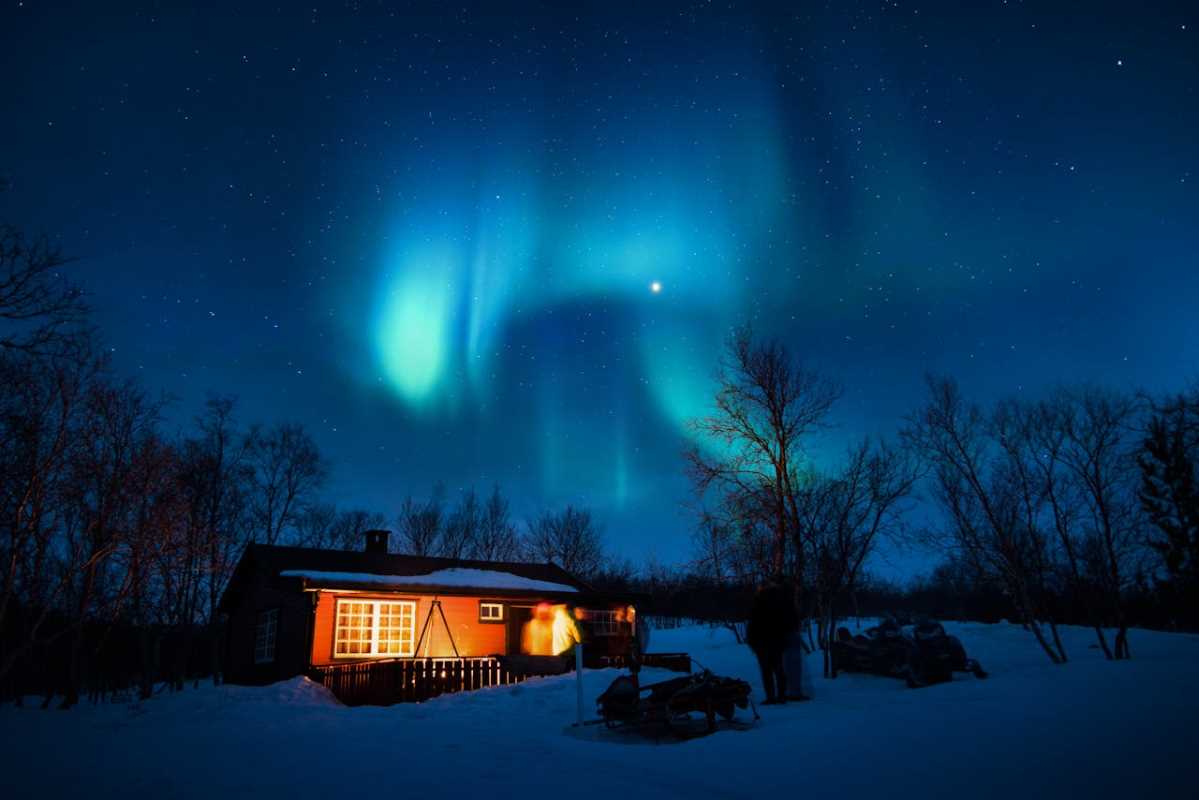Boasting breathtaking landscapes, diverse wildlife, and incredible geothermal features, Yellowstone National Park provides unforgettable experiences year-round. Each season brings its own unique set of activities, allowing visitors to enjoy the park in entirely different ways. Whether marveling at erupting geysers or hiking peaceful backcountry trails, Yellowstone has something for everyone. This guide explores the best seasonal activities the park has to offer, helping you plan the ultimate adventure no matter when you visit.
Spring Adventures in Yellowstone
Spring awakens Yellowstone from its long winter slumber, transforming the park into a lush, vibrant landscape. Melting snow gives way to wildflowers and roaring waterfalls, offering visitors a quieter experience compared to the busy summer months.
- Wildlife Watching: Spring marks a wonderful time for spotting animals. Bison calves, often called "red dogs" due to their reddish fur, can be seen trotting alongside their mothers in the Lamar and Hayden Valleys. Bears emerge from hibernation, providing exciting viewing opportunities across the park. Elk, moose, and a variety of birds are also active as the ecosystem comes back to life.
- Waterfalls at Their Peak: With snowmelt in full swing, Yellowstone’s waterfalls reach their peak flow during spring. Iconic sites like Lower Falls in the Grand Canyon of the Yellowstone offer dramatic views with impressive cascades of water.
- Geothermal Exploration Without Summer Crowds: Spring is an excellent time to visit popular geothermal areas like Old Faithful or Mammoth Hot Springs. Cooler temperatures and lighter crowds make it easier to enjoy the spectacle of erupting geysers and steaming hot springs.
Summer Activities for Active Explorers
Summer is Yellowstone’s busiest season, drawing millions of visitors thanks to warm weather, open roads, and endless opportunities for exploration. While popular sites can be crowded, this season provides the best access to hiking trails, camping areas, and outdoor adventures.
- Hiking Trails for Every Skill Level: With over 900 miles of trails, summer offers opportunities for hikers of all abilities. Beginners might enjoy the boardwalk trails around Mystic Falls or the Norris Geyser Basin, while advanced hikers can tackle strenuous treks like Mount Washburn or the Beartooth Highline Trail for incredible panoramic views.
- Boating and Fishing: Yellowstone’s pristine lakes and rivers make it a prime location for boating and fishing. Rent a kayak or canoe to explore Yellowstone Lake or cast a line in the rivers teeming with cutthroat trout. Be sure to acquire the necessary permits and follow park regulations for fishing.
- Ranger-Led Programs: Educational programs led by rangers are a highlight of summer. From guided nature walks to evening campfire talks, these activities bring Yellowstone’s history, geology, and wildlife to life for curious minds of all ages.
Autumn in Yellowstone: Tranquility and Color
Fall transforms Yellowstone with golden aspen trees and crisp air, offering a quieter, more serene experience. This season is ideal for visitors looking to avoid summer crowds while still enjoying accessible trails and activities.
- Fall Foliage Viewing: Vibrant autumn colors blanket the park, especially in areas like Lamar Valley, the Gardiner Basin, and the Cascade Lake Trail. Shades of gold, orange, and red provide a stunning contrast against the deep greens of pine forests.
- Wildlife Mating Season (The Rut): Fall is a fascinating time to observe elk during their mating season, known as "the rut." Bulls can be seen sparring with each other and heard bugling loudly to attract females. These displays are common in Mammoth Hot Springs and the Madison River area.
- Cooler, Quieter Trails: Autumn temperatures are perfect for hiking, and the trails are far less crowded. Exploring lesser-traveled paths, such as the Lone Star Geyser Trail or the Lamar River Trail, allows for peaceful encounters with Yellowstone’s natural beauty.
Winter Wonders in Yellowstone
Winter blankets Yellowstone in snow, transforming the park into a serene, otherworldly wonderland. Though the colder temperatures require extra preparation, this season offers some of the most memorable experiences in the park.
- Snowshoeing and Cross-Country Skiing: Many trails close to vehicles but remain open for snowshoeing and cross-country skiing. Areas like the Upper Geyser Basin and Tower Fall are particularly stunning under a layer of snow. Rentals are available, and guided tours are an option for those new to winter sports.
- Wildlife Viewing at its Best: Animals become easier to spot against the snowy backdrop. Bison, elk, and wolves are frequently seen on winter wildlife tours or self-guided trips along the park's northern road, which remains open year-round.
- Geothermal Features in Winter: Geysers and hot springs stand out even more dramatically in winter, with plumes of steam rising into the frigid air. The contrast of snow and geothermal activity creates unique photo opportunities.
- Snowcoach and Snowmobile Tours: Since most park roads close to cars, snowcoaches and guided snowmobile tours are the primary ways to access iconic sites like Old Faithful and the Grand Canyon of the Yellowstone. These tours offer a comfortable way to experience the beauty of Yellowstone’s winter landscapes.
Plan Your Trip to Maximize Seasonal Fun
Visiting Yellowstone National Park requires some planning. Be sure to check road conditions and facility openings before you go, as many areas have seasonal closures or restrictions. By timing your visit to match your interests, you’ll discover why Yellowstone remains one of the most extraordinary places in the world.
 (Image via
(Image via





